We are currently in a three-day off period in Japan. That means people are busy going to their ancestral homes and whatnot. R.’s family invited me along with them to go to the family grave at the Eko-in temple in Ryokoku.
I’ve done this a few times now. I thought it would make sense to write down what a family grave visit in Japan entails.
First, you have to get there. I drove there, which was a bit of a trick. Because of the holiday, the place was pretty busy and we had trouble getting a parking place.
We eventually got into the temple grounds though, and said hello to the head priest. A few months back he did a ceremony for R.’s grandfather and apparently the family knows him well.
You have to fill a bucket with water, and also should pick up some incense and leaves. I am not clear on how you get those things; the other family members always just got them somehow.
The leaves or incense might be for sale, I’m not really sure. Then you head out to the grave. I don’t know if it is because this is Tokyo, but the graves are all in small concrete plots.
They should contain ashes, but I am not really sure about any of that. They are quite close together compared to what I would expect from an American graveyard.
Once you find your grave, you take water from the bucket and fill up the central reservoir that is on the grave. Then usually in some pre-determined order (age / seniority of some kind) you splash water from your bucket on the grave.
Pull a leaf off of the branch of leaves that you got in advance, and dip both sides in the water reservoir, then place it on the grave. Then you say a prayer for your ancestors.
Then the next person does the same thing. I know they explained this to me before, but I am not really sure what the water and leaves represent. I think the water is a simple thing: to cool the spirits down.
That grave gets hot in the sunlight. I might be mis-remembering though. I don’t know what the leaf represents, but let’s say life of some sort.
After everyone has had a turn, you are done. Mission complete. It is actually very nice. I like that there is a set ritual for things. I don’t know if that is the case in America. Well, you bring flowers, and say a prayer. Maybe it is similar.
Also, we visited the temple interior and said a prayer there also before visiting the grave, but I don’t know if that is common.
The temple, Eko-in is in Ryokoku, where they Sumo matches are held. It is an interesting temple, with a few famous people there, and a large monument to past Sumo wrestlers that is still used by modern day sumo wrestlers to pray for power.
One of the interesting residents is Nezumi Kouzou, a famous thief.
I was told that you are supposed to chip shavings off of his gravestone and put them in your wallet, then you will also become rich.
I definitely took them up on that; they have added a stone especially for the shaving bit, because the old tombstone kept disappearing over all the years.
So it is nice that they accommodate people like that, both respecting the past and making realistic concessions (also, probably making money.)
There is also a little shrine there for cats, but I didn’t really understand the story behind that. Something about a guy who had a fish shop,
then got sick. Somehow, the cats brought him money and he was able to recover thanks to that, and really liked cats. But then some
neighborhood thug beat up his cat (?) and it died, and he commissioned a grave for cats. Or something like that.
You can try to figure it our here if your Japanese is any good.
After visiting the temple, we went to the Mitsukoshi in Shinbashi and had a very nice lunch at the Shark-fin Chinese restaurant.
Overall a very nice day.
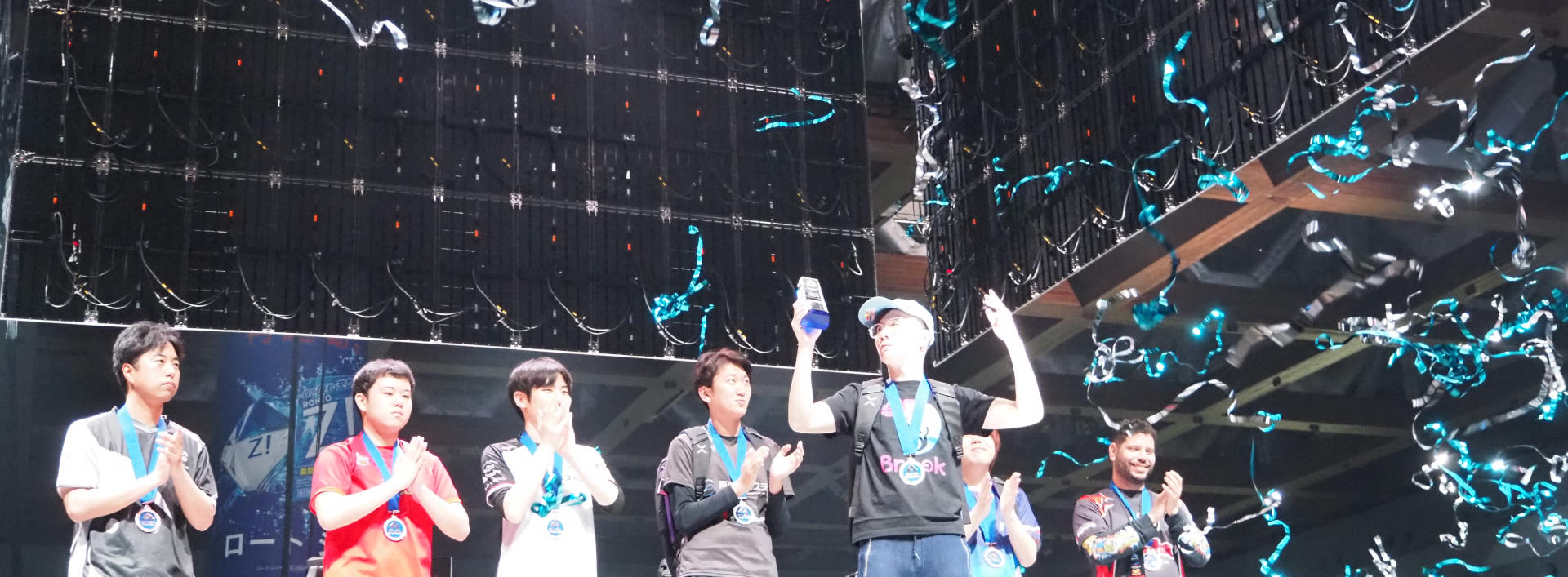
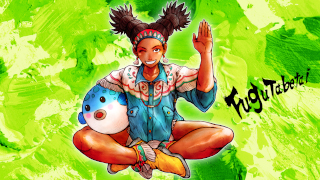
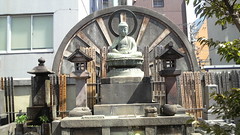
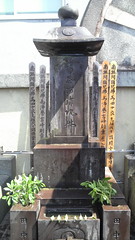
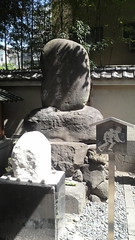
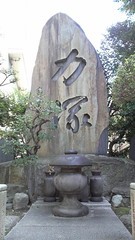
Leave a Reply